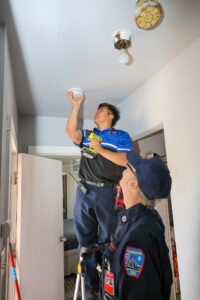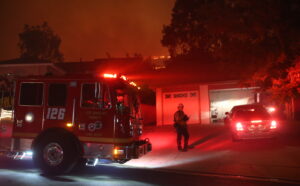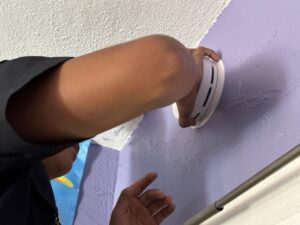One of the most stressful yet rewarding times for many parents is sending a child off to college. I just experienced this roller coaster of emotion as I helped to deliver my daughter for her freshman year at Grand Canyon University in Phoenix, Arizona. While filled with pride that my daughter was taking the next step into adulthood, I also found myself questioning “have I prepared her enough?” Have I put enough tools in her “life tool box” ? Only time will tell.
College represents many things:
- The achievement of graduating from high school
- A new level of maturity
- Starting the adult chapters of a young persons life
- Moving away from home…for many this is a first
- Dealing with life on life’s terms
Many will spread their wings and soar, while others will have a more difficult path. All will discover that life is full of peaks and valleys and that while we as parents try to prepare them for the challenges that wait ahead, there are some challenges that no amount of talk can ready them for. The best we can do is to give them deep roots so that when the storms of life blow, our young adults can be in the best position to survive and recover. This article is designed to open dialog and talk about some things to help with a young adult’s preparedness and hopefully get them ready in case one of life’s storms involve a disaster.
LIFE ON LIFE’S TERMS:
In January of 1994, as students prepared for the spring term at California State University Northridge, a 6.7 magnitude earthquake shook the greater Los Angeles basin to it’s core. The campus of Cal. State Northridge (CSUN) suffered extensive damage to all of it’s 107 buildings that included student housing and child care facilities. It took more then seven years to repair the San Fernando Valley campus at a cost of over 400 million dollars. Angelenos stood in line for several hours to get basic supplies like water, food and first aid. All roads and freeways in and out of the San Fernando Valley suffered major damage. People had to survive on what hey had. Is your student prepared?
In August of 2005, one of the most prolific storms hit the Gulf Coast, Hurricane Katrina would forever change how we as a country prepare, endure and recover from natural disaster. One of the often over looked components of that event was the effect Katrina had on college students who had just started their academic year. Imagine you are a seventeen-year-old college freshman who is just getting used to living away from home and you now have to make adult decisions never asked of you before. Schools like Tulane, Dillard and Xavier became flooded and could not house their student population. Would your student know what to do if this happened on their campus?
It was April of 2007 and students on the campus of Virginia Polytechnic Institute and State University (Virginia Tech) became the target of a lone gunman who acted out on violent thoughts and killed 32 students and faculty and wounding 17 others. While this senseless act could not have been prepared for, having the conversation of “what if” might help a young student process critical information when disaster strikes.
Just this year in 2012, again in April, during a dark rain filled night, two students from China, who were studying in Los Angeles at the University of Southern California became victims of another senseless shooting. Again, there is no way to guarantee students do not become victims of either man made or natural disasters, but check back here next week to see some suggestions that could reduce their chances and also speed up their recovery. Hope for the best, but prepare for the worst.
Next week I will share with you some suggestions that may help minimize or avoid the impact of the challenges that college students as well as the general public face in times of disaster…remember, “to fail to plan is to plan to fail”.







